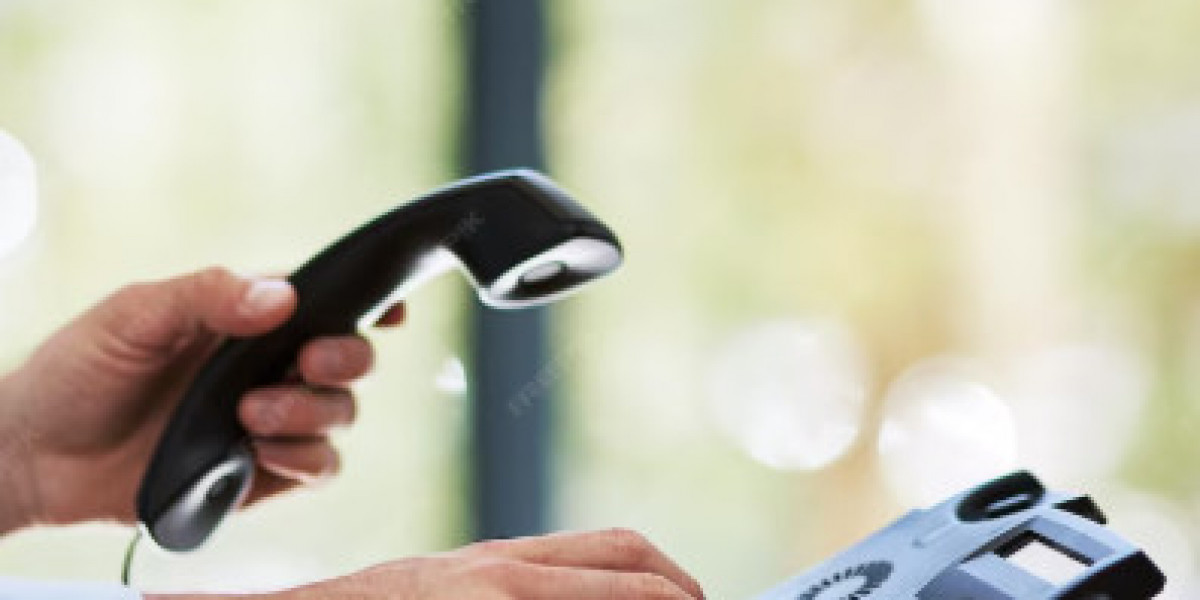The Timeless Allure of English Footwear:
English shoes have long held a distinguished place in the world of fashion and craftsmanship. From the cobblestone streets of London to the polished boardrooms of New York, they are recognized not only for their durability but also for their style, structure, and heritage. Rooted in centuries of shoemaking tradition, English shoes symbolize meticulous attention to detail, masterful construction, and a devotion to quality that transcends fleeting fashion trends.
This blog explores the multifaceted world of English shoes—uncovering their historical roots, dissecting their construction, distinguishing hallmark brands, and offering practical advice on care and styling. Whether you're a seasoned collector or just stepping into the world of luxury footwear, understanding English shoes is akin to understanding a rich and storied language of leather and laces. Let’s delve into what makes English shoes not just a fashion statement, but a way of life.
History and Heritage: The Origins of English Shoemaking:
The heritage of English shoemaking can be traced back to medieval times, with towns like Northampton becoming the epicenters of leather and footwear craftsmanship. Initially fueled by the region’s abundant supply of oak bark (used for tanning) and cattle hides, shoemaking in England quickly evolved from a cottage industry to a renowned art form by the 17th century.
By the time of the Industrial Revolution, English shoemakers had pioneered methods of mass production without compromising on quality. Companies like Tricker’s (est. 1829) and Church’s (est. 1873) began exporting to the world, earning reputations for both resilience and refinement. The welted construction technique, especially the Goodyear welt, was refined in England and became the gold standard for high-end footwear. This technique not only increased durability but also allowed shoes to be resoled multiple times—enhancing their longevity and making them a worthwhile investment.
English shoes have also walked through history in more literal ways. From accompanying soldiers in world wars to gracing the feet of statesmen and royalty, these shoes have carried stories and cultures across borders. The commitment to tradition, even in an age of mechanization, speaks to the deep respect English artisans have for their craft.
Today, walking into an English shoemaker’s workshop is like stepping back in time. Hand tools, wooden lasts, and the aroma of leather dominate the scene. Each pair of shoes undergoes several weeks of craftsmanship, involving over 200 manual operations. This dedication results in a product that is not just wearable but deeply soulful.
The Anatomy of Excellence: Understanding English Shoe Construction:
When it comes to premium shoes, construction is everything. English shoes are renowned for their methodical approach to design and structure, and understanding the anatomy of a classic English shoe can help you appreciate the value hidden in every stitch and sole.
One of the signature construction methods is the Goodyear welt, a process involving stitching a welt (a leather strip) to both the upper and a canvas rib attached to the insole. This method ensures superior water resistance and allows for easy resolving. It’s this feature that makes English shoes lifelong companions when properly maintained.
The uppers are typically crafted from high-quality calf leather sourced from renowned European tanneries. These leathers not only age beautifully but also mold to the wearer’s foot over time, offering unmatched comfort and elegance. The linings, insoles, and heels are equally refined, often made from vegetable-tanned leathers that breathe and enhance foot health.
Other distinguishing components include the last (the wooden form that shapes the shoe), the toe box, heel counter, shank, and sole. Each element is designed not just for aesthetics but also for function. For example, a well-crafted heel counter provides heel support, while the steel shank embedded in the sole adds stability and arch support.
Stitch density, symmetry, and hand-finishing details—such as hand-burnished toes or beveled waists—also separate English shoes from their factory-made counterparts. Each detail is a testament to a legacy of precision and pride in workmanship.
The Icons: Legendary English Shoe Brands You Should Know:
The world of English shoes is rich with storied brands, each offering its unique approach to design, comfort, and craftsmanship. Some names are almost synonymous with luxury footwear, and knowing these can help guide your purchases.
Church’s:
Established in 1873, the Church combines heritage with innovation. Known for sleek silhouettes and refined leather choices, Church’s shoes are a favorite among professionals and style connoisseurs.
Tricker’s:
The oldest established shoemaker in England (since 1829), Tricker’s is known for its rugged country boots and brogues. Their shoes embody rustic charm with exceptional durability.
John Lobb:
A name that commands respect, John Lobb’s bespoke shoes are handmade with meticulous attention to detail. Their ready-to-wear line, under Hermès, reflects the brand’s dedication to quality.
Crockett & Jones:
Based in Northampton, this brand offers a broad range of shoes—from formal Oxfords to casual loafers—all made with impeccable craftsmanship and timeless designs.
Edward Green:
For those who seek understated elegance, Edward Green offers hand-finished shoes crafted in small batches. Their shoes are a favorite among those who value subtlety over flash.
Each brand brings something unique to the table, but all share a commitment to traditional English values—quality, honesty, and longevity.
Style and Sophistication: How to Wear English Shoes:
While English shoes are a masterclass in design, knowing how to style them is crucial to making the most of your investment. These shoes are versatile but demand thoughtful pairing to shine.
For formal settings, Oxfords and Derbies are your best bet. A classic black Oxford paired with a charcoal or navy suit speaks volumes about your attention to detail. Derbies, being slightly more casual, pair well with smart-casual outfits or semi-formal attire.
Brogues, with their decorative perforations, add personality and flair. Full brogues (or wingtips) look great with tweeds or patterned suits, while semi-brogues are perfect for business casual looks. A brown brogue with navy chinos or grey trousers is effortlessly stylish.
Loafers and monk straps offer a break from tradition and can be worn with both suits and jeans. English loafers often feature subtle design elements, such as tassels or apron stitching, making them a favorite for the modern dandy.
Footwear color also plays a pivotal role. While black is safe and formal, shades like oxblood, tan, and chestnut offer a refreshing twist. And don’t overlook the power of polishing—well-maintained leather shoes can transform an outfit.
The key to wearing English shoes is confidence. Their timeless appeal lies in their simplicity and elegance, so avoid over-accessorizing and let the shoes do the talking.
Maintenance Matters: Caring for Your English Shoes:
A pair of English shoes is an investment, and like any investment, it requires care. Proper maintenance not only extends the life of your shoes but also enhances their beauty over time.
Shoe trees are non-negotiable. Insert them after each wear to maintain shape and absorb moisture. Use cedar wood for its natural aroma and anti-fungal properties.
Regular cleaning is essential. Wipe down your shoes with a soft cloth after each wear to remove dust. Use a leather conditioner monthly to nourish the leather, preventing cracks and stiffness.
Polishing is both protective and aesthetic. Use a quality cream polish in the shoe’s color to maintain vibrancy and a wax polish for a high shine. Apply in circular motions with a horsehair brush, and always let the polish absorb before buffing.
Avoid wearing the same pair every day. Rotating your shoes gives them time to breathe and prevents odor and deformation. Also, keep them away from extreme heat or moisture—these can warp leather and ruin soles.
When the sole begins to wear, don’t wait—have them resoled by a professional cobbler experienced in Goodyear welt construction. A well-resoled shoe can serve you for decades.
Conclusion: The Enduring Elegance of English Shoes:
In a fast-paced world of disposable fashion, English shoes stand as a symbol of permanence, tradition, and timeless elegance. They are more than footwear—they are a philosophy, a testament to the idea that beauty and function can co-exist when crafted with care.
Owning a pair of English shoes connects you with centuries of shoemaking heritage. Every step in them echoes the strides of gentlemen from eras past—soldiers, scholars, statesmen, and artisans. They tell stories, not only of where you’ve been but where you’re headed.
Whether you're drawn to the meticulous construction, the rich patina of leather, or the simple joy of slipping into something beautifully made, English shoes offer an experience like no other. Invest in them, care for them, and they’ll return the favor tenfold—in comfort, style, and grace.









